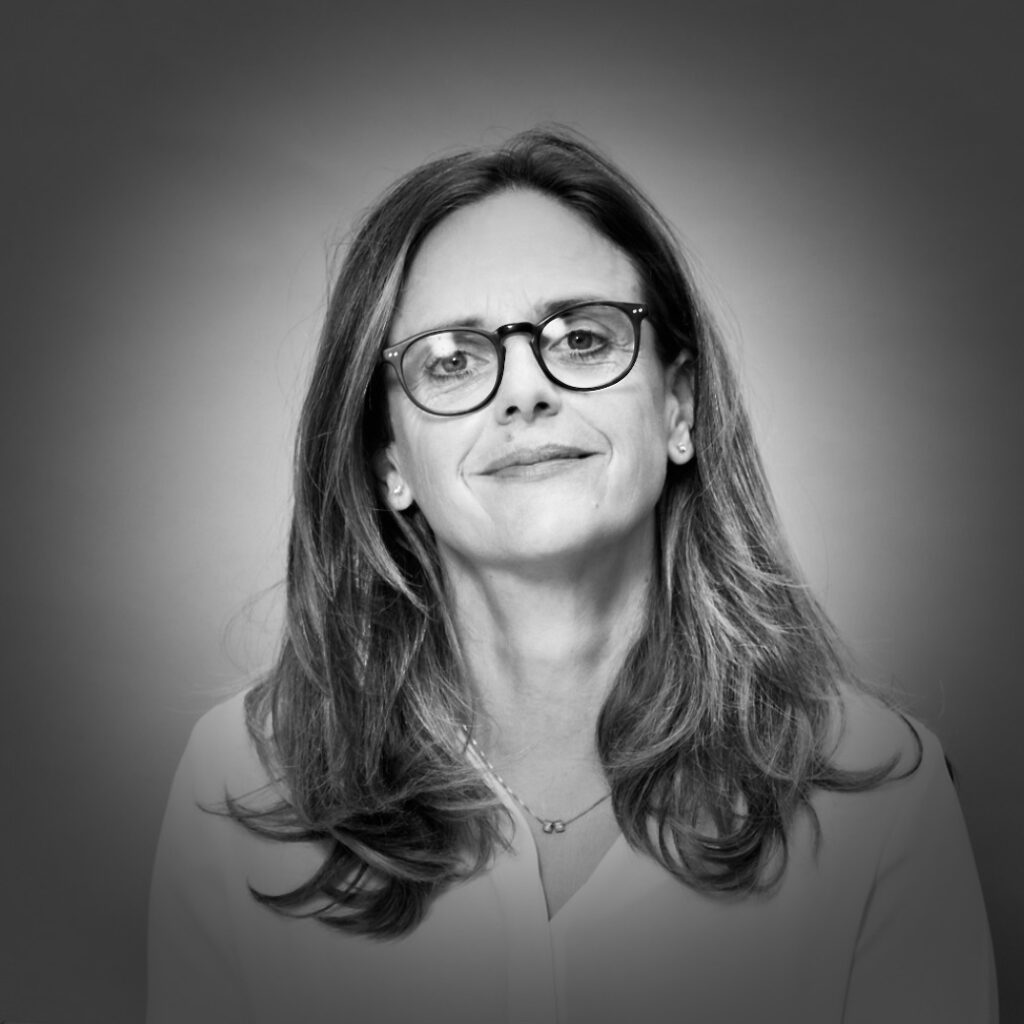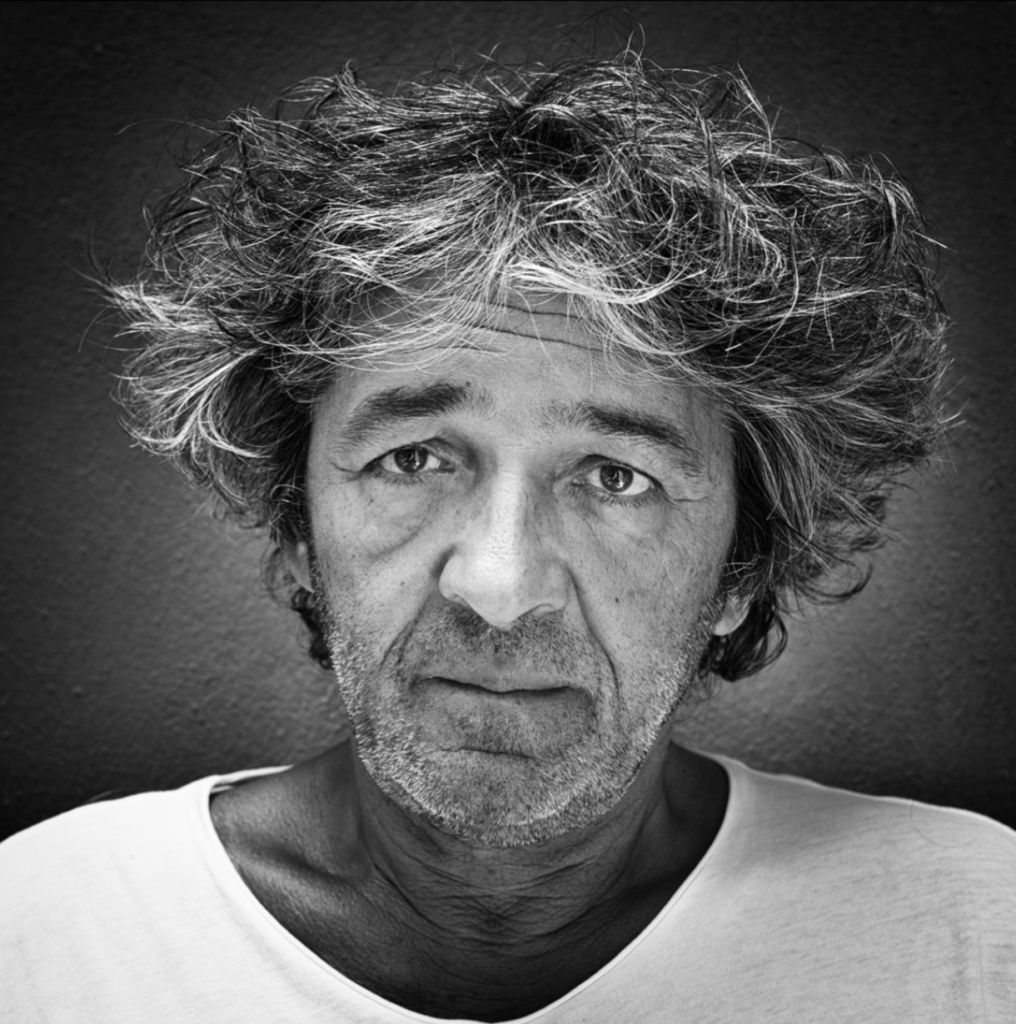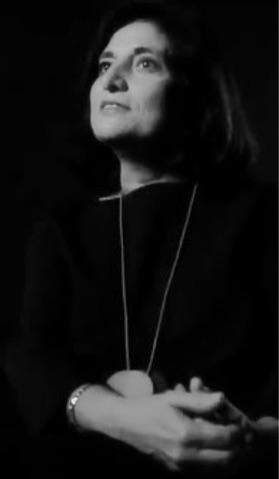Annabelle Mauger discovered Cathédrale d’Images in Les Baux-de-Provence in 2000. In 2008, she became the first female director of an immersive digital exhibition, the first in the world dedicated to Van Gogh. In 2017, together with Julien Baron, her co-director, they created lililillilil. As artistic director, Annabelle is guided by a conviction: the Imagine exhibitions must establish a direct, raw relationship between the work of art and the viewer. This approach is based on a radical decision: to unleash the image and the emotion that the artist has poured into it.

After exploring the world of cinema and training in the technical aspects of audiovisual production, Julien Baron joined Cathédrale d’Images in Les Baux-de-Provence in 2006. In 2008 he co-directed with Annabelle Mauger the world’s first immersive exhibition dedicated to Van Gogh.
Together in 2017 they created lililillilil. In charge of the design and technical production of the Imagine exhibitions, Julien ensures that the work is projected in its genuine authenticity and that the technology remains hidden behind the work. The aim is twofold: plunge the spectators into a waking dream, then keep them immersed in it.

Winner of the Grand Prix national de l’architecture, and recipient of a Gold Medal from the Fondation de l’Académie d’Architecture, Rudy Ricciotti is one of the greatest contemporary architects who designed the MUCEM in Marseille and the Islamic Arts department at the Louvre in Paris. Imagine Picasso is the third project he has undertaken in collaboration with Annabelle Mauger, and this is no coincidence. Ricciotti boldly combines the brutality of the structures with the sensuality of the material better than anyone else. It was in this spirit that he previously designed the Cathédrale d’Images Saint-Priest project, in collaboration with Annabelle Mauger, and the renovation of the Chaufferie de l’Antiquaille a few years later.


Androula Michael is an historian in contemporary art and the director of the Centre de Recherches en Art et Esthétique (CRAE UR 4291) at the Université de Picardie Jules Verne.
Specialized in Picasso, she released numerous essays about the artist’s work, including Picasso poète (2008) published by the Ecole Nationale Supérieure de Paris.
As a member of the International Association of Art Critics (A.I.C.A) and an independent curator, she has made curating a fundamental part of her academic research, which focuses on Picasso, the critical reception of the work of Pablo Picasso and Marcel Duchamp, as well on de/post/colonial issues in the arts.